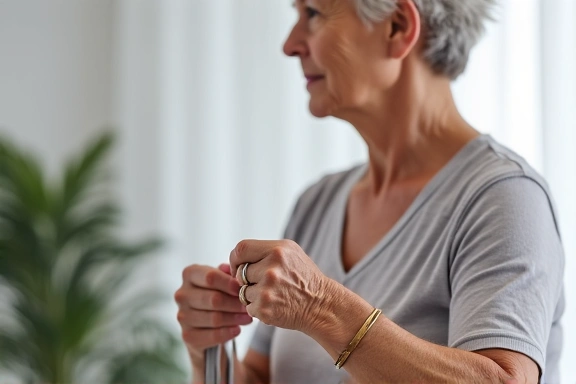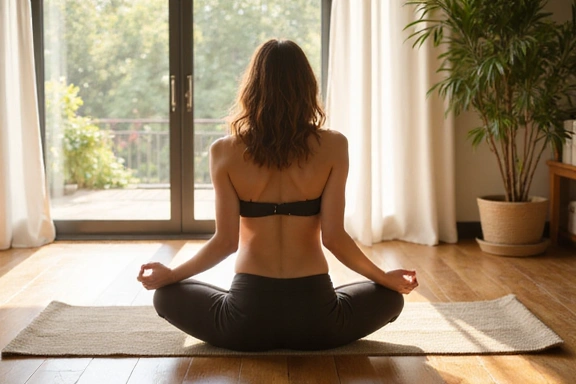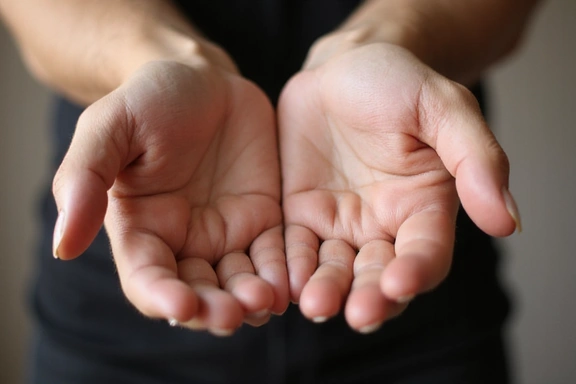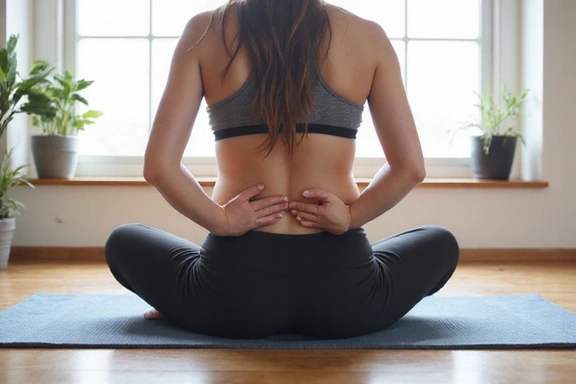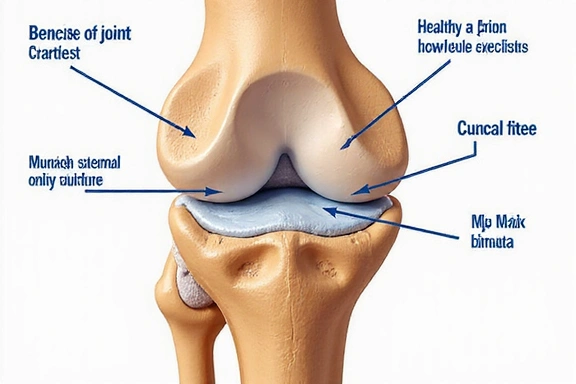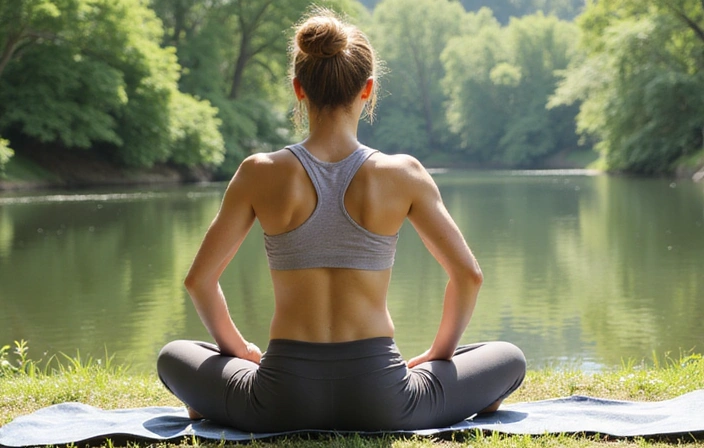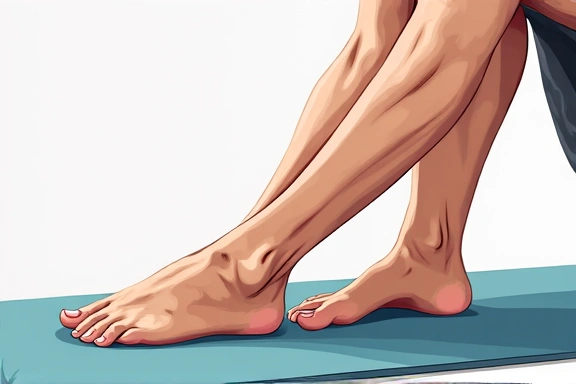
Gentle Stretches for Knee Health
Learn a series of simple, low-impact stretches specifically designed to improve knee flexibility and reduce pain. These exercises are perfect for all ages and fitness levels, promoting better circulation and nutrient delivery to the knee joint.
